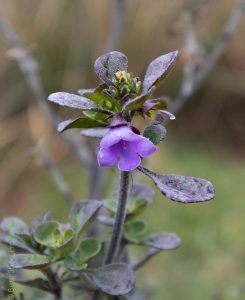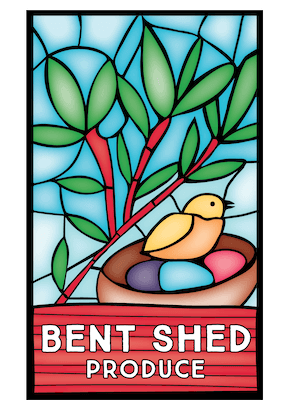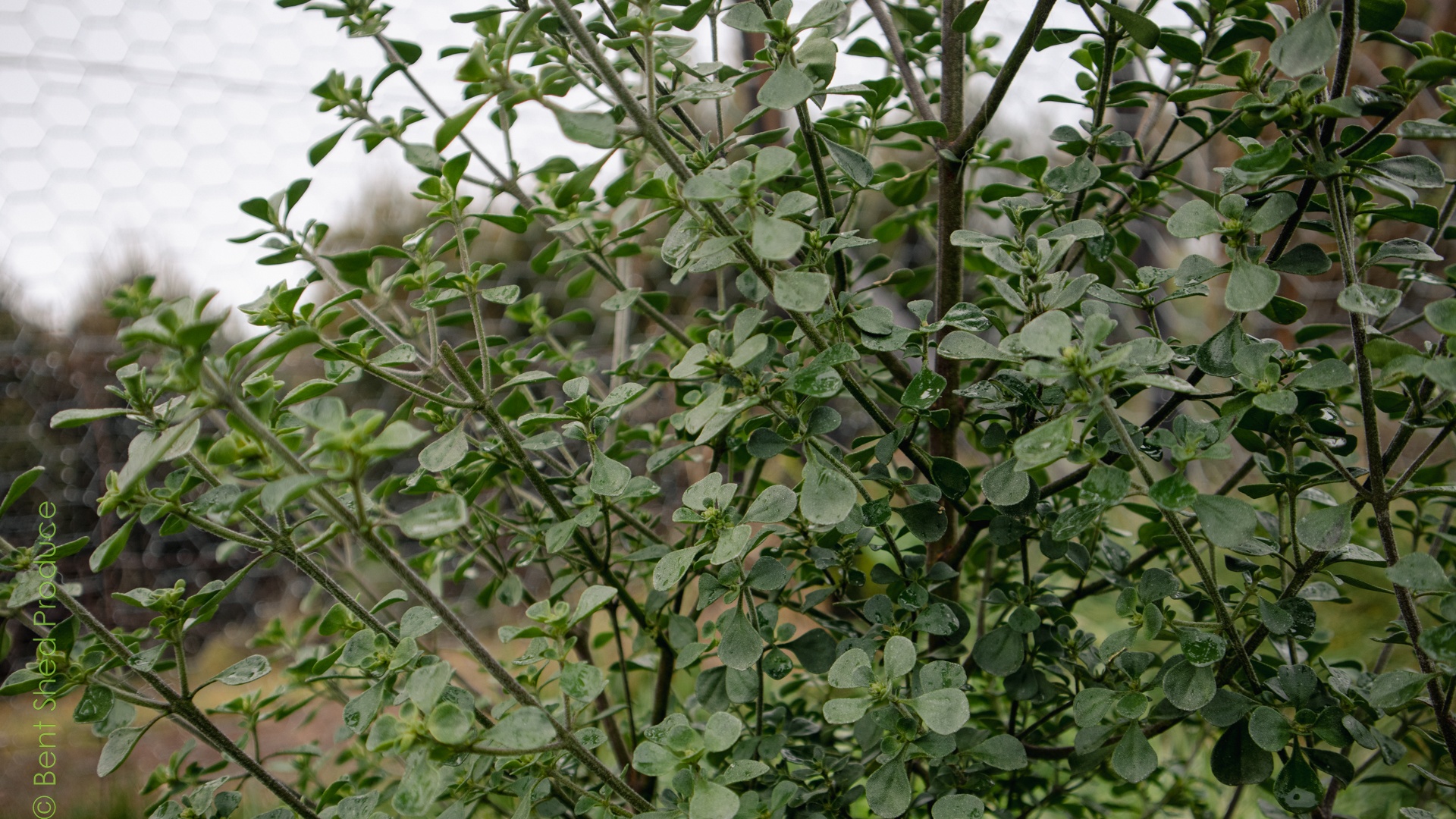Mint with the strength of rosemary
Latin name: Prostanthera spp. Specific versions are variously called “native thyme”, “native oregano”, or “native mint”, which can be extremely confusing; so we don’t use these common names.
Known edible varieties include the following:
- Prostanthera rotundifolia. Round-leaf mintbush, or”native oregano”.
- Prostanthera incisa, Cut-leaf mintbush, or “native thyme”.
- Prostanthera ovifolia. Oval-leaf mintbush.
Note that not all Prostantheras are edible, so check with an expert before taste-testing any not listed here.
Eating
- Strong, “dark” minty flavour.
- Similar flavour profile as rosemary, and works very well as a substitute.
- Good with savoury dishes such as lamb.
- Excellent in a herb and/or spice mix, such as with salt or other herbs.
- Can be used fresh or dried. The flavours between the two are very different; the dried version loses the resiny flavour and gains fragrant rosemary depth.
Growing
- Very pretty medium-sized shrub with purple or white (depending on variety) spring-flowering flowers that responds well to pruning; readily available in nurseries as a result.
- Flowers are also edible, and are a good bee forage.
- Do well in cool climate and frosty areas.
- Frost tolerant even while young.
- Hedge extremely well and appreciate being lightly pruned to keep in shape.
- If not pruned, can get very sprawling over the years.
- Not a long-lived plant – 10 years at most.

Harvesting and storage
- Use both whole and ground leaves, both fresh and dried.
- Leaves dry best in a cool, well-aired location. Keep out of direct sun or heat for the best result.
- If harvesting your own plant, try keeping leaves on pruned branches and placing in a vase with no water. Ensure good airflow around the stems and leaves to prevent mould.
- The result looks wonderful, and will give out a subtle scent over the next week or so as it gently dries.
- Leaves can also be dried at low heat in a dehydrator.
- Leaves can then be easily stripped off the stems and placed in an airtight container for storage.
- Whole leaves will keep their savour for a good 12 months, if need be.
- Grind by hand or in a high-powered blender and store in an airtight container.
- Ground leaves will retain the best scent for about three months.

